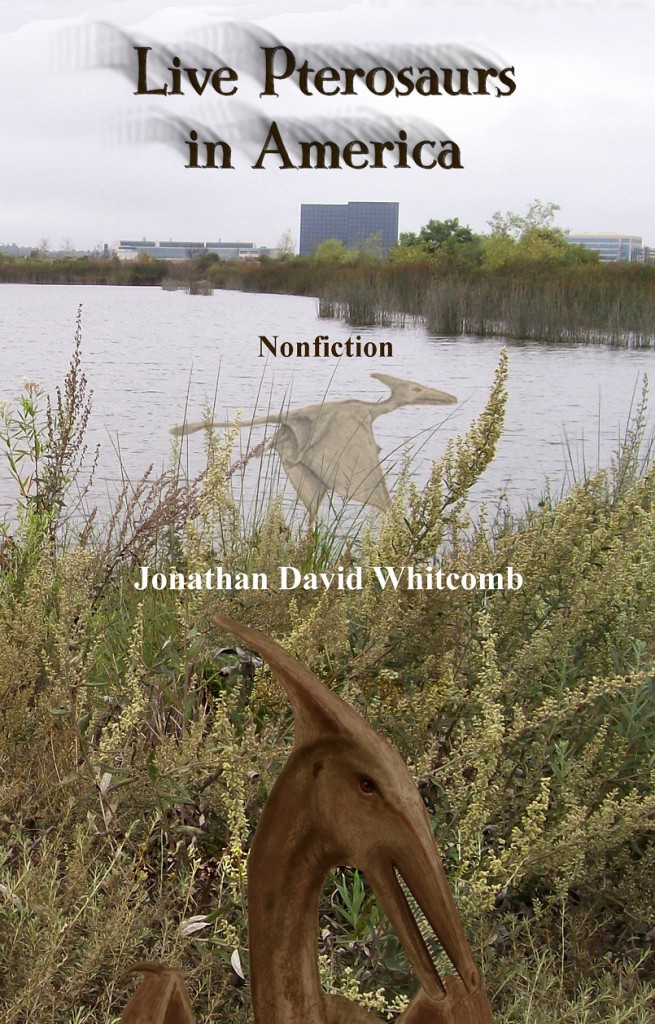This may have limited relevance to the Kentucky Pterosaur menioned in an earlier post this year (Bowling Green, 2008). The sighting in 2001, however, was near Henderson, just across the Ohio River from Indiana. It was reported to the Gulf Coast Bigfoot Research Organization (GCBRO).
Around mid-day, two days after a destructive tornado, a man and his wife were driving through to see the damage. They saw a “giant pterodactyl type bird” that appeared “solid red.” There were “no feathers” but a smooth surface reminding them more of leather. The couple was shock at the size: “wingspan at least 20 feet.”
The flying creature had a “long curled up tail,” although they did not go into any detail about how curled nor in what way it was curled. On the top of the head was a “knob or protrusion.”
They noticed the feet, and it had “hair about five or six inches long growing just above its feet.”
Weather and Daylight Sightings of Pterosaurs
This sighting in Kentucky, two days after a tornado touched down in this area, reminded me of the two pterosaur sightings in Georgia a few years ago, near Winder; the first of those two sightings was only about twenty-four hours after a destructive storm had passed through Georgia. I strongly suspect that nocturnal pterosaurs that are disturbed by bad weather sometimes fly in daylight, contrary to their normal nocturnal habits. One or more of them could be forced out of a cave after a tornado or a bad storm, or they might not be able to return to their cave, or be able to enter it, before sunrise.
Of course this can apply to other areas besides Kentucky and Georgia, and weather is only one possible reason that a nocturnal pterosaur could be forced into flying in daylight; but it deserves consideration when this kind of flying creature is seen in the light of day.
_________________________________________________________________
The new third edition of Live Pterosaurs in America is now available on Amazon. This new expanded edition has several pages on Patty Carson’s 1965 sighting in Cuba, a sighting that supports what Eskin Kuhn has long declared concerning his 1971 sighting. This edition of Live Pterosaurs in America is the first book to feature this remarkable encounter at Guantanamo Bay, Cuba.



